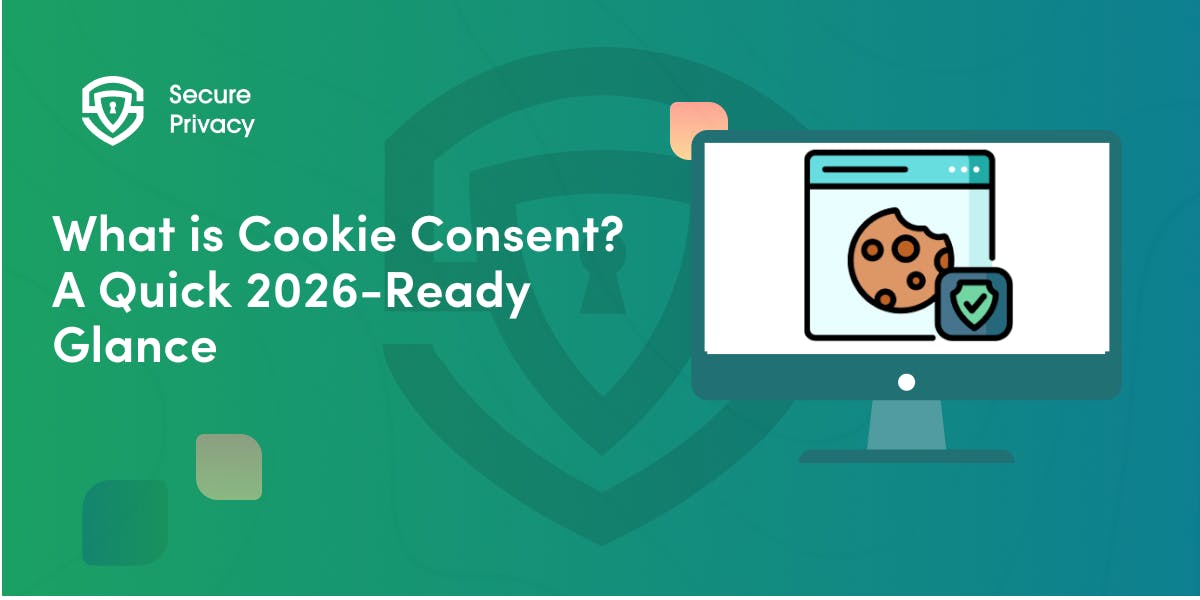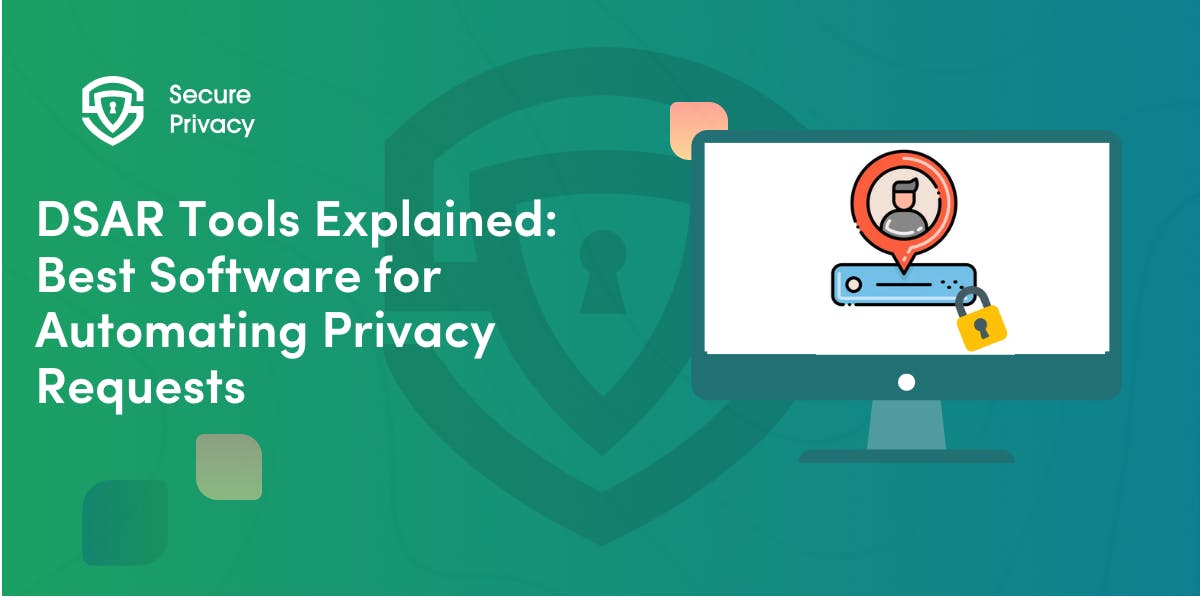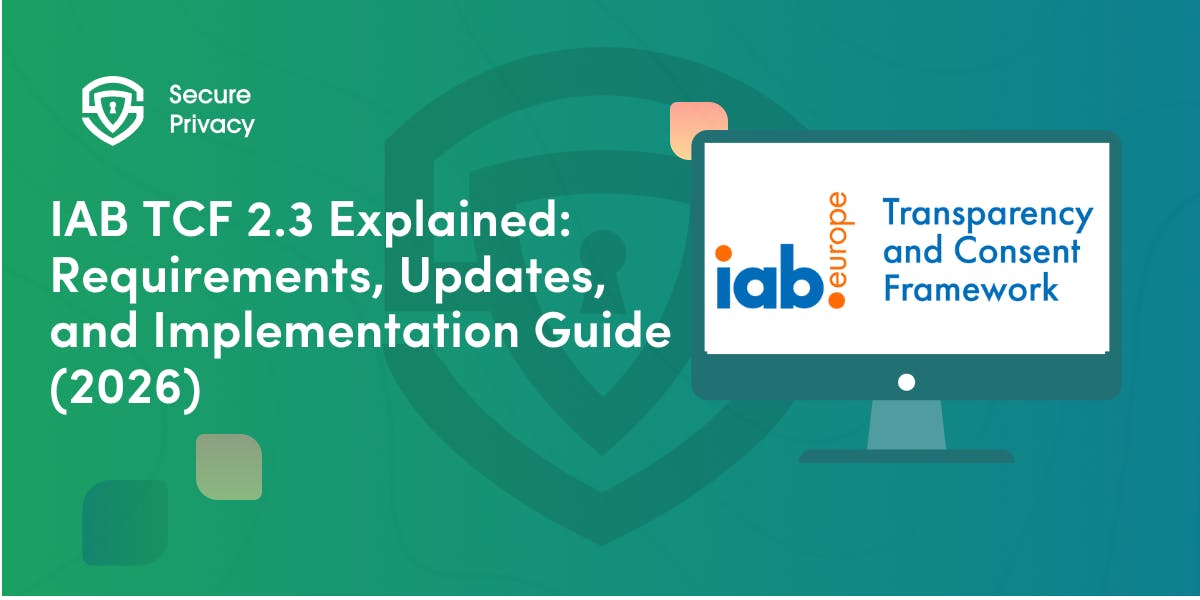What is a Privacy Policy? How Can you Make It Compliant?
For any website, one of the fundamental legal obligations is to have a privacy policy. Regardless of whether you are running a small e-commerce platform or a blog with no income, you might be surprised to find out that you still require a privacy policy.
For any website, one of the fundamental legal obligations is to have a privacy policy. Regardless of whether you are running a small e-commerce platform or a blog with no income, you might be surprised to find out that you still require a privacy policy.
Primarily, if your webpage gathers personal information, a privacy policy is a necessity since you are required to inform your visitors about this practice. This obligation is in line with global privacy laws such as the EU's GDPR, California's CCPA, and Brazil's LGPD, to name a few.
In this article, we explore what a privacy policy entails and how to make it compliant with current data privacy laws.
Components of a Privacy Policy?
When it comes to managing websites, a privacy policy is a document that outlines the kind of personal information you collect from the visitors, why, and how you keep it confidential.
For this reason, privacy policies are expected to be both accessible and kept in readable language. Today, several countries have adopted privacy regulations that obligate companies and websites, collecting personal information to provide a proper privacy policy. Non-compliance to the established regulations can attract heavy penalties or even prosecution.
Who needs a Privacy Policy?
Simply put, if you have a website that handles personal data, a privacy policy is a prerequisite. You need to be aware that most sites often collect user data. In some cases, the collection of data may happen without the website owner's knowledge. This aspect is possible through cookies.
Characteristically, if your website is hosted, uses plugins, social media buttons, or analytics tools, then definitely it sets cookies and gathers information from the people that visit the platform.
How Can I Make the Privacy Policy on my Website Compliant with International Data Privacy Laws?
Typically, a privacy policy can be created as an isolated section on your webpage and made accessible as a link in the header or footer section of your platform. In some instances, you can include it in the ‘About'' section. Nonetheless, the most important thing is its ease of accessibility to users as opposed to where it is located.
It is essential to acknowledge that a privacy policy is a legal document. For this reason, its contents are influenced by the jurisdictions your webpage falls under, as well as how your platform deals with personal information.
Every website is unique. Therefore, it is not advisable to copy a privacy policy from another webpage and use it on your own, especially for B2B companies with unique client data requirements. While you can employ the services of a lawyer to develop a privacy policy for your website, this approach can be quite costly, especially if you are a small business or produce blog content as a hobby.
This is where Secure Privacy comes in handy. They have a solution that can help you generate and customize a privacy policy on your website that is compliant to GDPR, CCPA (see more on the requiresments for CCPA Privacy Policy), or LGPD regulations. This solution is easy to use and works seamlessly with any website. Additionally, Secure Privacy helps you to add a privacy policy button on your website in six simple steps.
In case you have additional concerns or queries, request a demo, or try it for free and avoid attracting penalties for non-compliance to data privacy laws.
Check out these top tips for a compliant privacy policy.
Read about Cookie Compliance and Privacy Policy on Wix.

What is Cookie Consent? A Quick 2026-Ready Glance
Your website loads. Cookies track users. But without proper cookie consent, you're violating GDPR — risking fines up to €20 million or 4% of global revenue. Cookie consent is the legally required mechanism by which websites obtain explicit user approval before deploying non-essential tracking technologies. This requirement stems from GDPR Article 4(11) and the ePrivacy Directive, mandating that consent must be freely given, specific, informed, and unambiguous.
- Legal & News

DSAR Tools Explained: Best Software for Automating Privacy Requests
You're drowning in data subject access requests. Manual searches through dozens of systems miss regulatory deadlines and expose organizations to fines starting at $2,500 per violation. The solution? DSAR tools — purpose-built software that automates the entire process of responding to data subject access requests, from intake to delivery.
- Legal & News

IAB TCF 2.3 Explained: Requirements, Updates, and Implementation Guide (2026)
Your ad revenue dropped 40% overnight. Google stopped bidding on your inventory. Your DSP partners flagged your traffic as non-compliant. The culprit? An outdated TCF 2.2 consent string after the February 2026 enforcement deadline.
- Legal & News
- Cookie Consent
